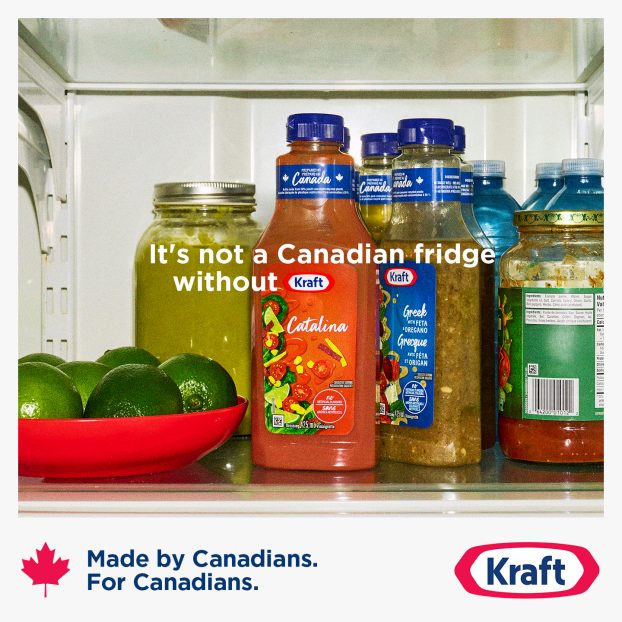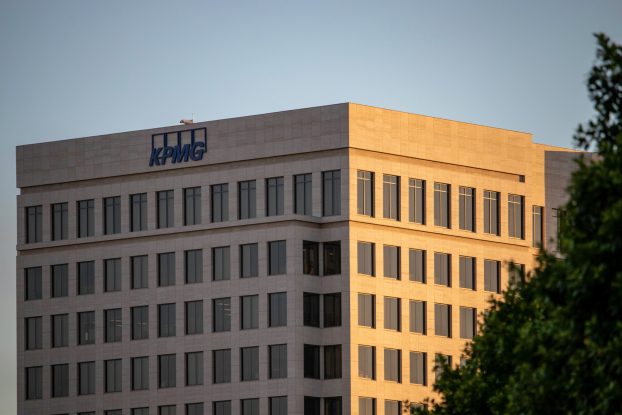Erin Iles had no idea what was planned for our front cover when she showed up for the photo shoot. But Unilever’s Dove masterbrand marketing manager had a good hunch when Ogilvy & Mather art director Helen Pak asked her to pull down the neckline of the already risqué (for business attire) off-the-shoulder sweater she was asked to wear. ‘At that point she said: ‘I think I know what the idea is,” says Janet Kestin, CD at the Toronto agency.
But Iles didn’t flinch and the result is, well, gutsy. And when she found out one of the
tick-box choices was going to be ‘madwoman’ that didn’t bother her either. She loved it.
She got it.
Iles pretty much represents the overall mind-set at the Toronto offices of Unilever Canada, says Kestin. In fact, Iles and her team threw their support behind Dove’s global Campaign for Real Beauty program right off the bat. ‘Canada has been a pioneering country for Dove – they have lots of courage and they believe they have to be bigger than their product,’ explains Kestin. ‘The Unilever ideology is ‘braver is better.”
That philosophy is precisely why Unilever grabbed top prize as our Marketer of the Year, hands down, because the notion that ‘braver is better’ is discernible in their campaigns. Could you see any other beauty brand with a plus-size woman on a billboard asking the consumer whether she was fat or fab? Many wouldn’t even dare to use a plus-size model in the first place. Not when there are so many shockingly thin celebs to choose from.
And Zig’s TV commercial for Vim is simply jawdroppingly brilliant. (Perhaps that’s why the Toronto shop snagged the Molson Canadian account.) They couldn’t have strayed any further from the
traditional product demo spot – you know, the ‘just look how easily this cleanser rubs out soap scum’ banality – and in the process made the ad and the brand name much more memorable.
In the end, what is similar among each of our five winners is that they have chutzpah. Let’s not forget: McDonald’s Canada took a lot of heat when it first introduced salads in 2002 – ‘who the hell’s going to order a salad at McD’s?’ and ‘They should stick to fries’ was a typical response. Well, it was indeed a risk, but the numbers prove it was well worth it.
Rona displayed gumption when it purchased Réno-Dépôt but retained the brand name in Quebec – even though it competes with its own retail banner – while expunging The Building Box in Ontario, along with, thankfully, its overzealous mascot Hammer Head. They knew that Réno-Dépôt’s strength in Quebec was worth hanging on to.
Quebec’s Gaz Metro is on our list because it actually made natural gas – personified by little blue flames – playful and endearing, changing Quebecers’ attitude towards gas from mistrust to scoring 85% likability. And Telus Mobility? The telco’s just had the balls to stick to one simple branding campaign for many years. The result? It’s immediately recognizable and unlike Telus’ competitors, who often trot out less consistent marketing efforts, they don’t need to rely on pricing incentives. Need I say more? I’ll just add this: Let’s hope you’re in striking distance of the list next year.
Lisa D’Innocenzo, editor























